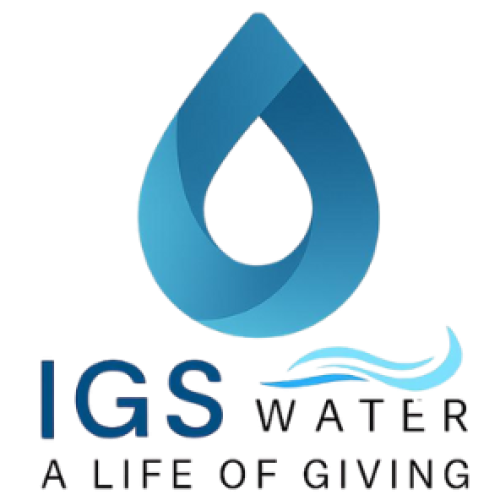Water is essential for life — yet for millions around the world, the water they depend on is not safe. Whether it’s contaminated rivers, stagnant ponds, or poorly treated wastewater, exposure to dirty water has far-reaching effects on health, the environment, and the economy.
At IGS Water, we believe clean water is more than just a basic need — it’s the foundation of a healthy, sustainable, and thriving community.
1. The Health Impact: When Water Becomes a Silent Threat
Dirty water carries bacteria, viruses, and harmful chemicals that can cause serious diseases such as cholera, dysentery, and typhoid fever. When people use or consume contaminated water, their bodies are constantly at risk of infection and dehydration.
Even mild contamination — water that looks “clean” to the eye — can contain invisible pathogens or toxic residues. Over time, this exposure can lead to long-term illnesses, skin infections, and in children, stunted growth and developmental issues.
In communities where access to clean water is limited, people often spend hours collecting water from unsafe sources, unknowingly putting their families’ health on the line.
2. Environmental Decline: The Ripple Effect of Pollution
Contaminated water doesn’t just affect humans — it harms ecosystems, too. Pollutants such as industrial waste, agricultural runoff, and untreated sewage reduce oxygen levels in lakes and rivers, suffocating aquatic life.
As oxygen levels drop, fish and other organisms die off, leading to imbalanced ecosystems and foul-smelling water bodies. Algae blooms thrive in these low-oxygen environments, turning once-clear waters into green, stagnant pools that can release toxic gases.
This cycle of pollution worsens over time unless active steps are taken to clean and restore water systems.
3. The Economic Burden: How Dirty Water Costs Us All
When communities lack access to clean water, healthcare costs rise, productivity drops, and local economies suffer. Farmers lose crops due to poor irrigation quality, industries face water treatment expenses, and families spend valuable income on medical care.
Clean water, on the other hand, supports agriculture, boosts fishery production, and ensures industries operate efficiently. It’s not just an environmental investment — it’s an economic one.
4. How IGS Water Helps Restore Balance
At IGS Water, we provide advanced water treatment technologies designed to restore water quality naturally and efficiently. Our systems — including Nanobubble Technology and Pond Aeration Systems — help remove pollutants, increase dissolved oxygen levels, and improve water clarity and health.
Our Nanobubble Technology creates billions of ultra-fine bubbles that stay in the water longer, promoting oxygen transfer and breaking down contaminants. It’s chemical-free, energy-efficient, and suitable for everything from wastewater treatment to aquaculture and agriculture.
Our Aeration and Destratification Systems circulate and oxygenate stagnant water, preventing algae blooms, reducing odors, and bringing balance back to ponds, lakes, and reservoirs.
By improving water health, we help restore ecosystems, support agriculture, and create safer environments for communities to thrive.
5. Clean Water is a Shared Responsibility
The fight against water pollution isn’t just about technology — it’s about awareness and action. Everyone has a role to play, from reducing waste and runoff to supporting sustainable water management practices.
Clean water shouldn’t be a privilege — it should be a standard. With smart solutions and innovative technologies, we can ensure every drop of water contributes to a cleaner, healthier planet.
IGS Water — Turning Water Data into Decisions.
Together, let’s make every drop count.

